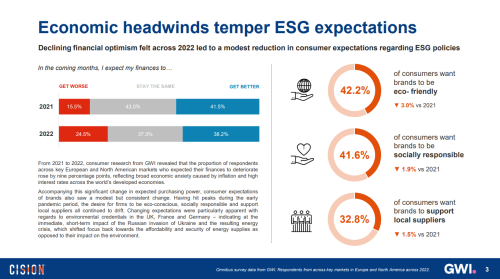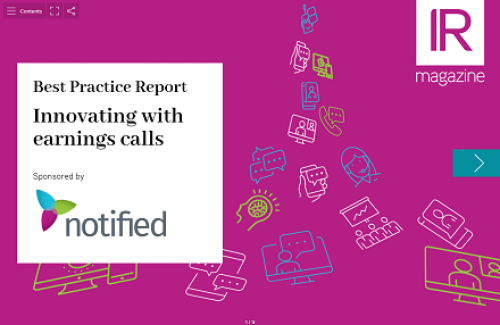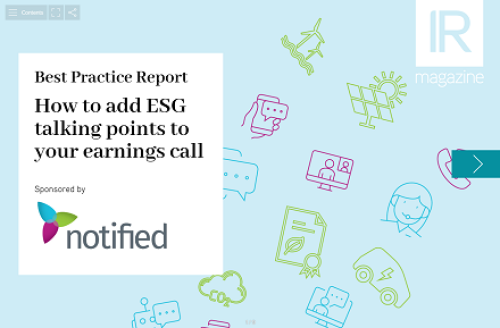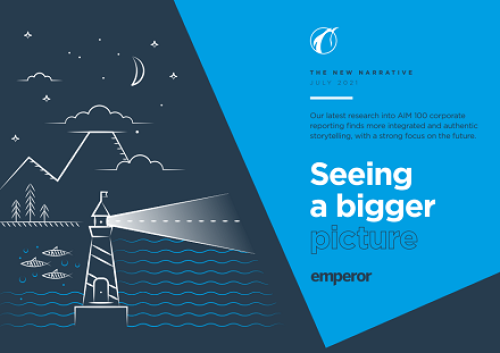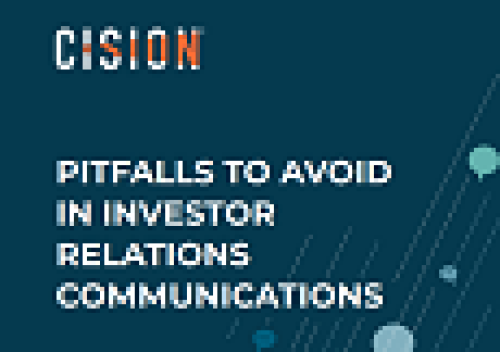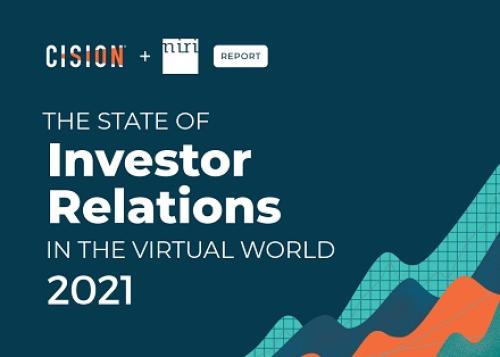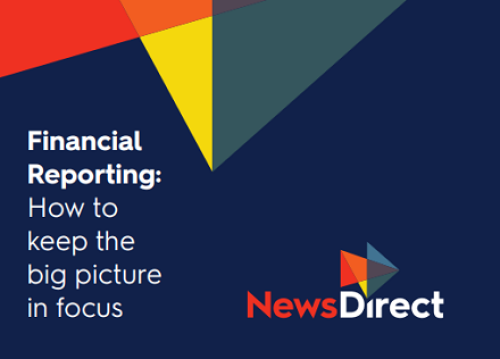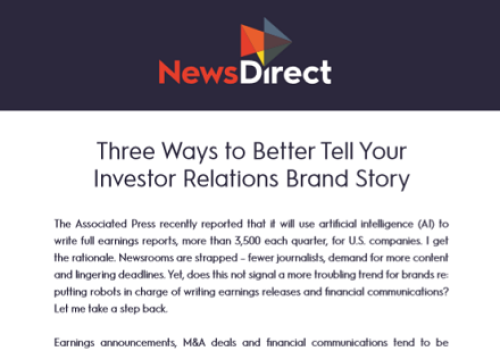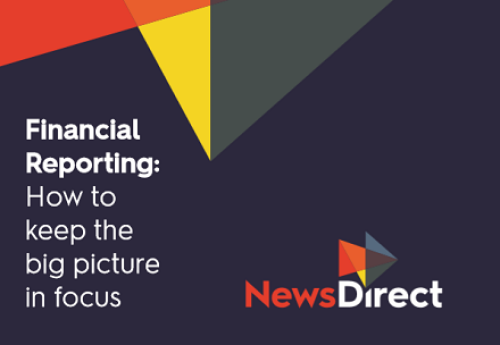Are companies talking to their stakeholders in their annual reports?
Annual reports are full of it. Shareholder value creation, that is. Any review of a good sample of reports from across the globe over the last few years shows that. But with all this focus on communicating with shareholders, has the annual report lost sight of other audiences? Do reports speak to a company's employees, customers, suppliers and the local community as well as the primary shareholder audience?
To find out, Investor Relations magazine took an annual report scorecard developed
You need to register to access 3 free deep dive articles per month. To continue reading please register or login below..
- Unlimited deep dives
- Data-driven research around key topics
- Buy-side insights
- Benchmarking reports
From
$1495

